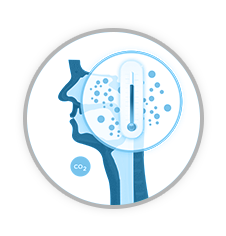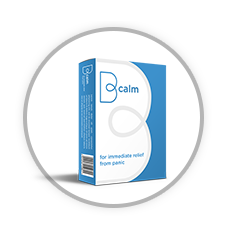The story
bcalm has been created and developed by a team of doctors in the US, UK, and Finland. The idea for the product was originally conceived by panic disorder expert Dr Stephen Cox and leading addiction science psychologist David Sinclair PhD.
They saw there was nothing on the market that would quickly help their patients during a panic episode and decided to develop a suitable product – bcalm is the result.







